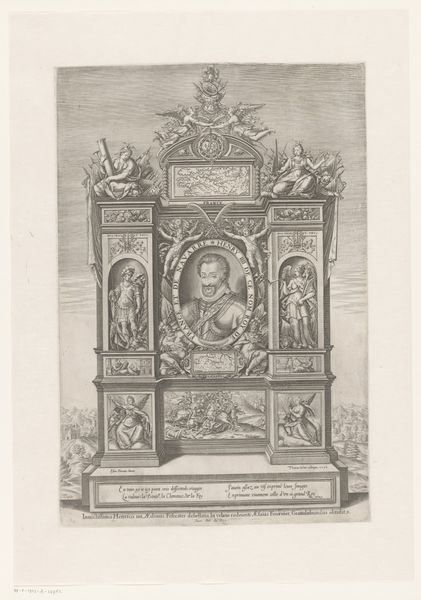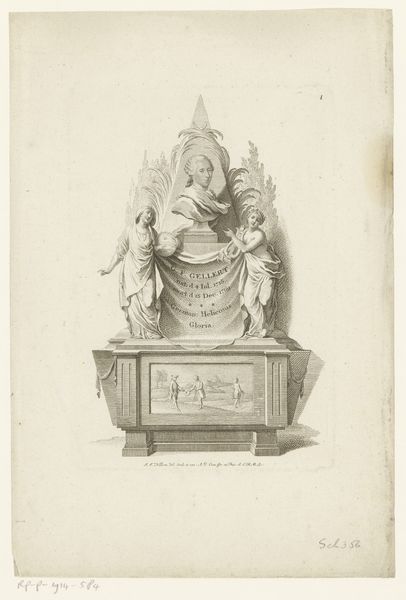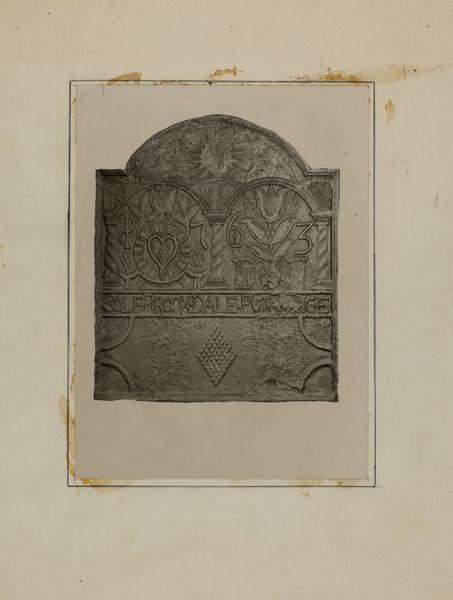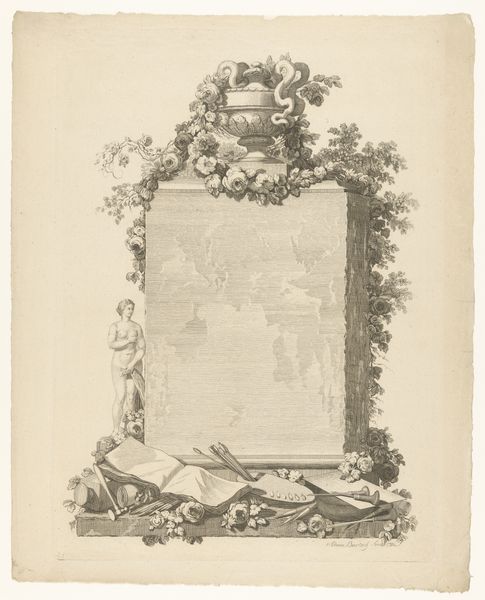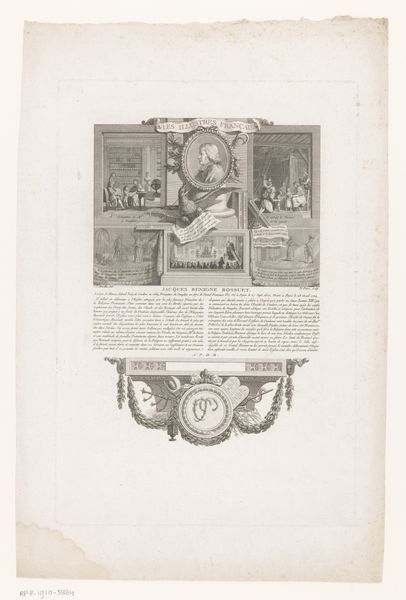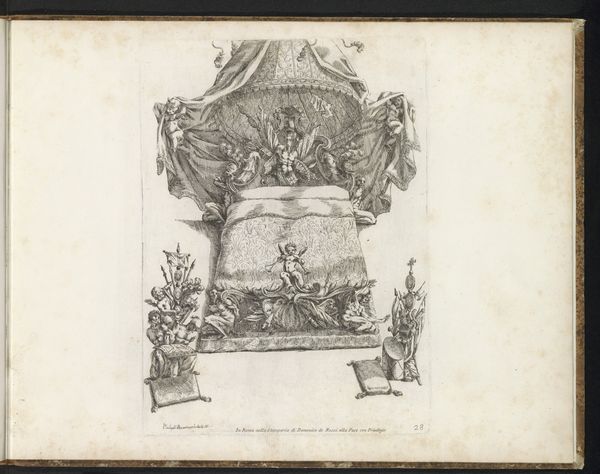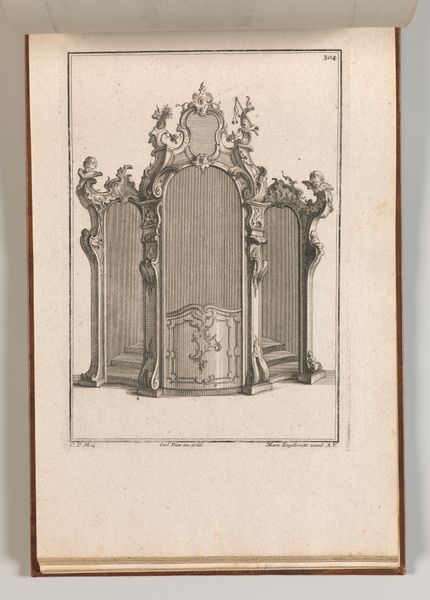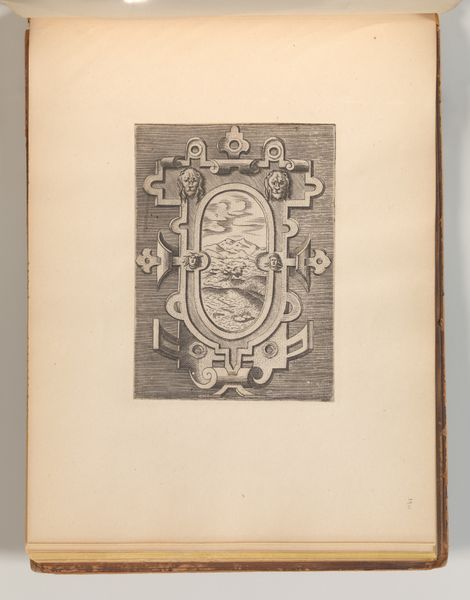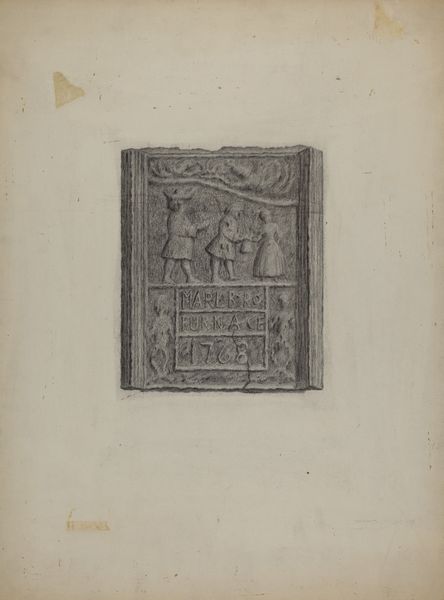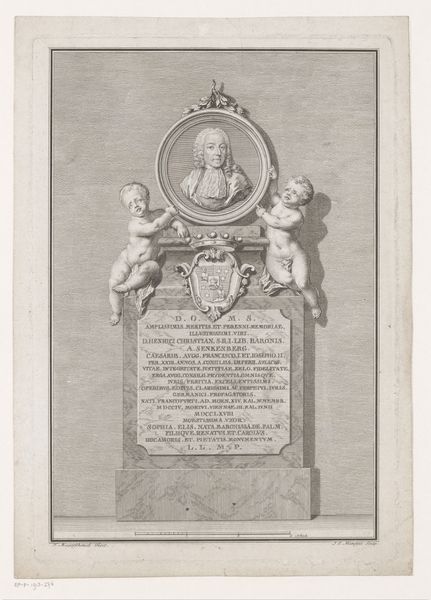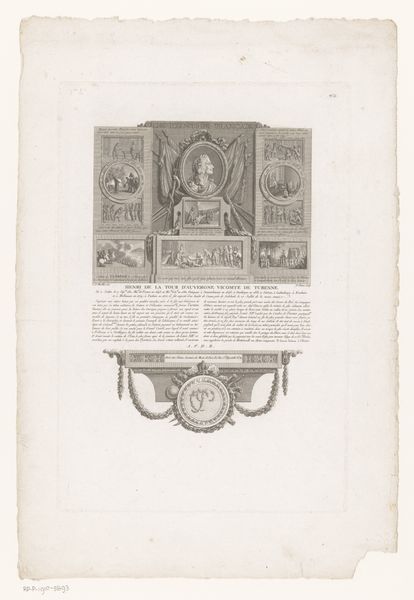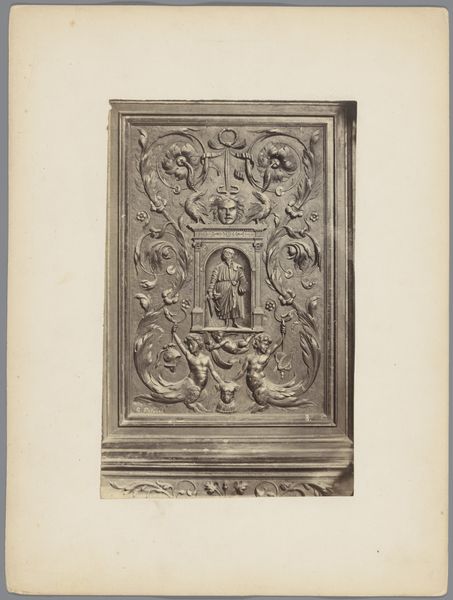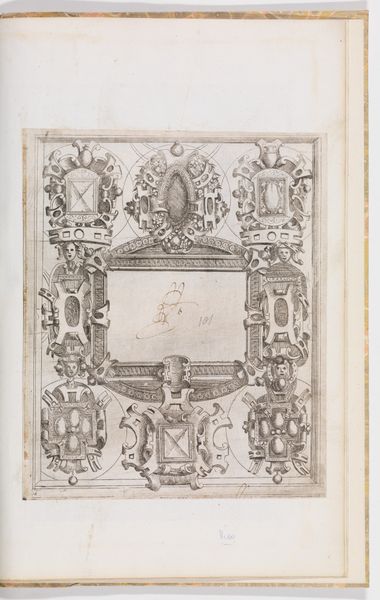
print, photography, gelatin-silver-print
# print
#
photography
#
gelatin-silver-print
#
history-painting
#
academic-art
Dimensions: height 169 mm, width 123 mm
Copyright: Rijks Museum: Open Domain
Curator: This gelatin-silver print from around 1874 offers a photographic reproduction of Lucas van Leyden's altarpiece, "The Last Judgment." Editor: Immediately, I'm struck by the dynamism frozen in monochrome. The stark contrast between light and shadow, it seems to amplify the drama inherent in the subject. It gives me anxiety. Curator: Absolutely. As a history painting reproduced through photography, its reception in the 19th century surely differed from that of the original altarpiece in its own time. This would have circulated the image, further establishing van Leyden’s place in the canon of art history. How might that accessibility have reshaped the visual understanding of the apocalypse for wider audiences? Editor: It speaks to a Victorian era preoccupied with mortality and moral judgment. Seeing the chaos depicted – angels, demons, the saved, the damned – rendered through this photographic lens almost democratizes the experience of judgment. Who benefits, who is punished. Whose judgment are we meant to heed? Photography at this moment has its own judgment in documenting for all to see. Curator: Precisely. The original altarpiece undoubtedly served specific liturgical and devotional purposes within a particular community, and photography shifted the artwork into another social and visual domain. The print democratized the image but could this removal from religious ritual divorce it from empathy, reducing individuals into bodies to be classified? Editor: It prompts questions about whose gaze is privileged, and about control. The photograph, even as a reproduction, brings a different power dynamic. Did the proliferation of these images inspire critical reflection or re-inscribe social control through religious imagery, by controlling narratives around sin, retribution and justice? Curator: An excellent point. The history and power of art within institutional frameworks constantly impacts meaning and access. Editor: I think investigating images like this help to decipher the underlying tensions present in societies during periods of rapid cultural change. Curator: Agreed, understanding these tensions is essential to interpreting visual culture.
Comments
No comments
Be the first to comment and join the conversation on the ultimate creative platform.
